Many cars slowed down to take a look but few had the courage to stop. We were unsure if it was that they couldn’t speak English or if they were just not going that far. Some people did stop but decided not to give us a lift as they were not going to the exact place that we were going. Unable to communicate that they could take us as far as they were going, we had to let them go. If you are in South Korea, you need to read this hitchhiker’s guide to South Korea.
We learnt a lot in the two days of hitchhiking 350 km down the east coast of South Korea. Therefore, I have decided to put together some tips for others planning on hitchhiking in South Korea.
1/ Do your research.
Hitchhiking isn’t safe in every country. We used Hitchwiki to check that it was safe first. We also checked at the local tourist information centre and the female employee there informed us that it was safe to do so.

I was hitchhiking in a pair which is a lot safer than doing so solo. However, use your gut instincts and be sensible e.g. hitchhiking at night is not advisable due to safety.
The overland traveler goes around the corner to see who there is to meet around the next corner – Max Neumegen.
Our experience based on this hitchhiker’s guide to South Korea was good and I felt very safe.
2/ Don’t have a sign but do have a Korean map.
Prior to leaving Sokcho we asked at the tourist information centre for a few signs to be written in Korean. The first said a town that was roughly half way and a good place to spend the first night (we didn’t quite make it to here). The second stated our final destination and the third just said south.
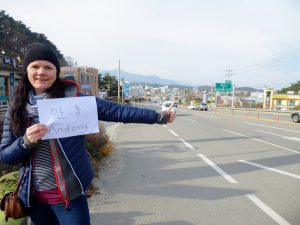
Cars which stopped didn’t seem to bother reading the sign and as they are not used to hitch hikers. Many thought that they had to take you all the way to our destination and so drove on.
The best thing to do is just using your thumb and a map. When the car pulls over ask them where they are going. Having a Korean and English map is useful too. Then you can decide if they are the right lift for you.
3/ Share.
Every car that we got in offered us something, food, drink and sweets. We wished we had something to share back. The Korean people are very giving which we also found when we were hiking in the National Parks.
One man even rang his English speaking sister to explain to us that he wanted to buy us a takeaway coffee before he dropped us off at the side of the road to keep us warm before our next lift.
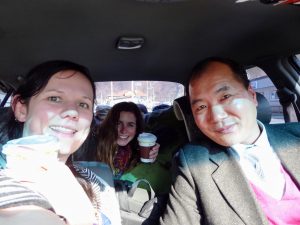
Even a shop owner made us a coffee to drink when we had to wait a while the second day when lifts seemed to dry up.
4/ Google Translate
We only came across one lift where the driver spoke good English and I am sad to say I only know thank you and cheers in Korean.
As a lot of people hadn’t come across hitchhiking they thought they had to go out of their way to take us places or tried to take us to the nearest bus station or even offered to buy us a bus ticket.
Communicating to them that we actually wanted to hitch hike was hard. A lot rang friends on the phone until,on the evening of the first day, I downloaded the Korean dictionary on Google translate so I could use it offline.

However this did cause us another problem of them reading the translation as they are driving which lead to a few hair-raising wobbles on the road.
5/ Choosing your position.
Koreans really stick to the rules so make sure they can stop legally to pick you up.
However this worked the opposite way when we easily got a lift when we were clearly not in a place where cars can stop as they guy wanted to get us off the road. We ended up on a 40 min road trip where we sang to him the whole time (at his request).
6. Smile and make eye contact with passing cars.
This is a no-brainer – you don’t need to read this hitchhiker’s guide to South Korea to know this. Communication doesn’t have to be verbal. Drivers want to know that they will be gaining something from stopping. Even if it’s a smile and a wave.

Don’t wear sunglasses or anything which hides your face. It’s important that drivers can see your whole face and the friendly smile which goes with it.
I found that dancing a little jig to keep warm helped as no one likes to see someone freezing by the roadside (it was winter time).
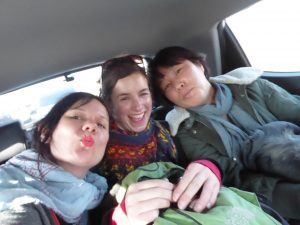
7. Don’t hitchhike at bus stops.
This is one of the things we want to stress in this hitchhiker’s guide to South Korea. This really didn’t work. I think that people thought we were thumbing a bus and didn’t stop.
8. Petrol stations are the best.
Sticking your thumb out just before a petrol station seemed to work well. There is somewhere for them to pull in and again as Koreans stick to traffic rules, they like this.
Also as an added bonus they always have toilets and sell coffee! Also, the employees are curious so if all else fails then you might get a lift with them.
9. Have your backpacks on display.
We found that if drivers could see our backpacks then they understood more about what we were doing. We also found that more people stopped once we had them either on our backs or at our feet.
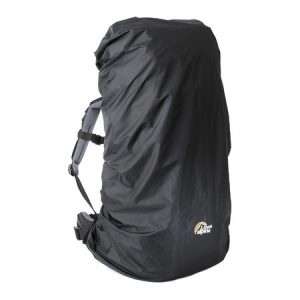
10. Always check that your driver is wearing pants.
Luckily, this was spotted before getting into the car!
* The best lift.
The best was by the only English speaker. It was on our second day and the lifts had been slow that morning making it only 20 mins down the road over 2 lifts and with another 200km to go at 2pm, our hope was fading.
Then out of nowhere came a couple in a yellow Jeep. The wife spoke great English and we found that we had plenty to in common.
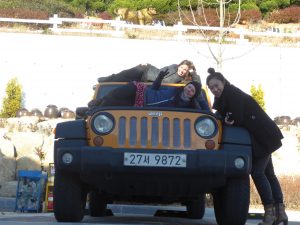
Surprisingly they were heading to the city after our destination and actually drove into Gyeongju and dropped us off at our destination within the city.
We met her again when we were in Busan where we went out for lunch together.
So not only did we get so far in one lift but we had a spacious ride in the Jeep and I actually felt comfortable enough to fall asleep.
* The most uncomfortable lift.
This was an awkward one. Following a lift by the Army, the major then proceeded to forcibly stop cars and insist that people took us.
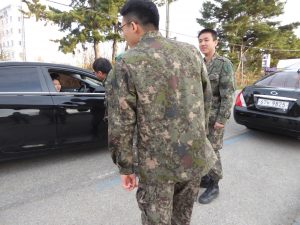
The first two cars had valid reasons for not taking us eg. They were just going down the road or their car was full. The third was driven by a young couple. They are really nervous and seemed to think that they had to take us to our final destination due to being instructed by the Army. A quick conversation with their English speaking friend clear it up and they dropped us off at their final destination, and didn’t take the 250 km drive they thought they had to take us on.
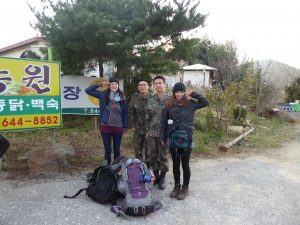
Hopefully, this hitchhiker’s guide to South Korea gave you ideas and confidence about trying it once in the country. Hitch hiking was a great way to meet the locals and to see places that normal tourists wouldn’t think of going to. So find that adventurous streak in you but most importantly, stay safe by following the hitchhiker’s guide to South Korea that I’ve outlined above.

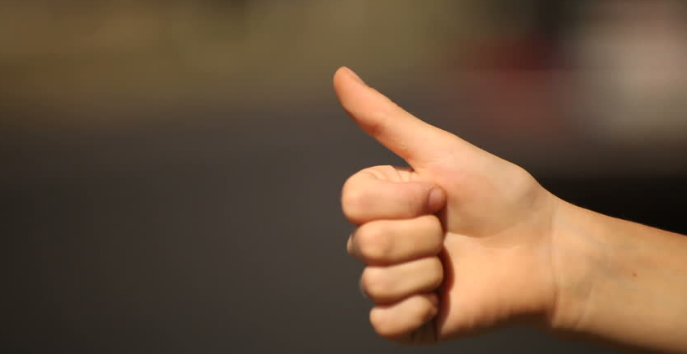
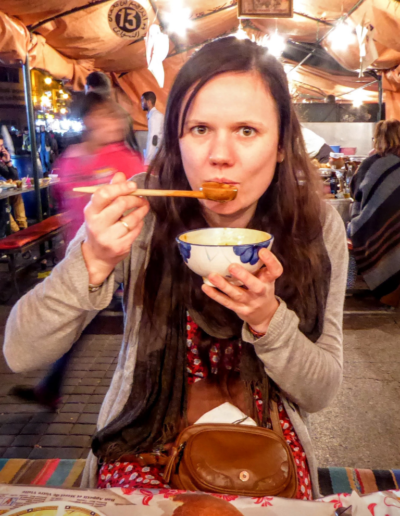

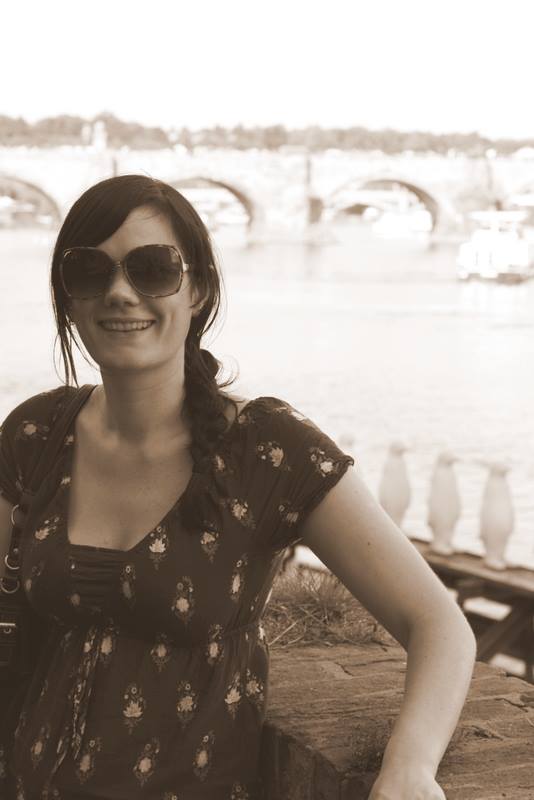

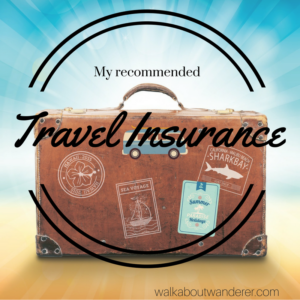

Trackbacks/Pingbacks